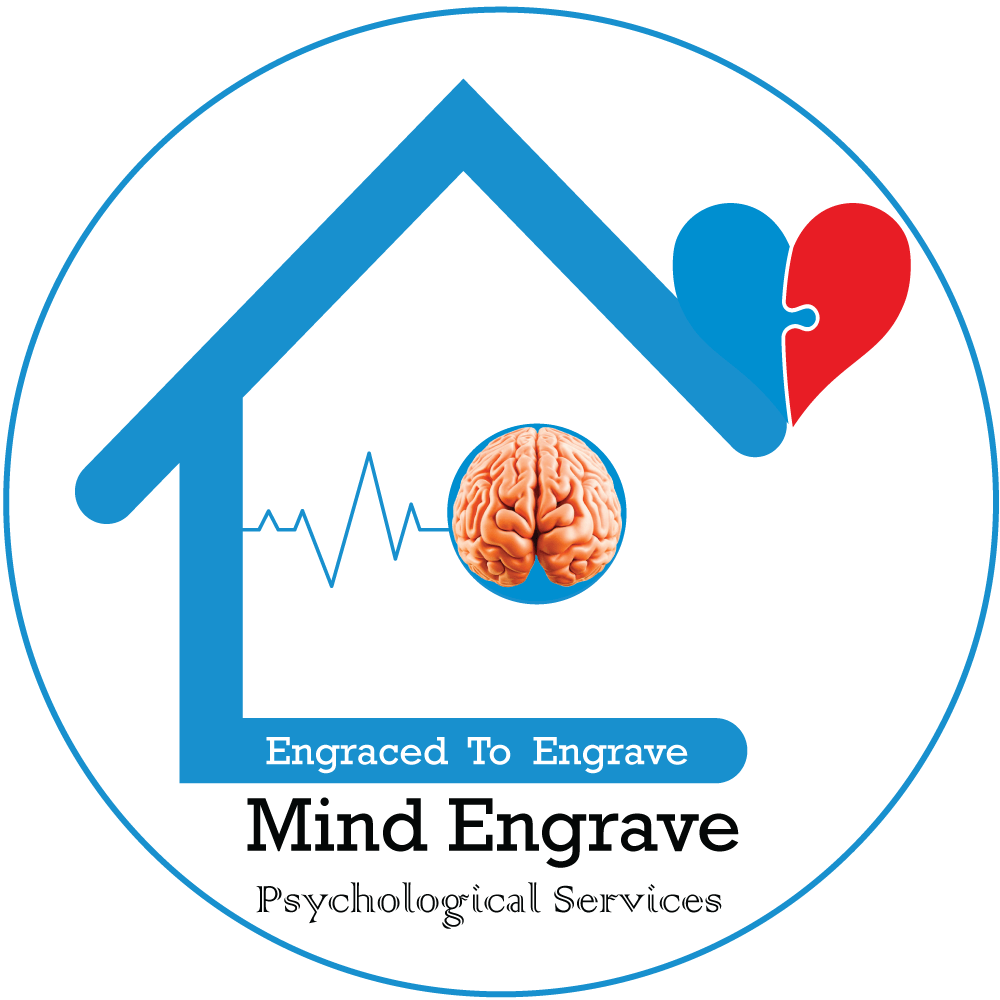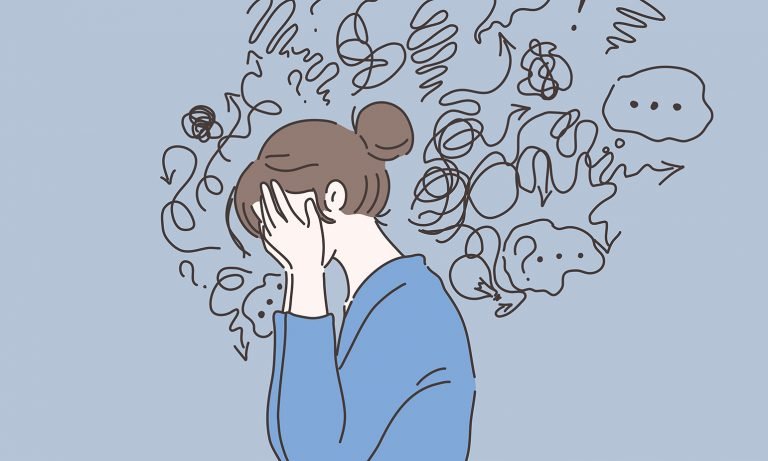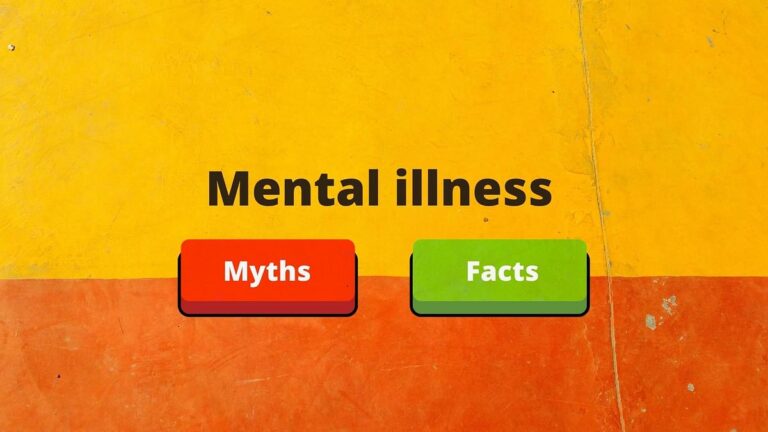Anxiety Disorders: Causes, Signs, Treatment, and Types
Anxiety is an emotional and physiological state that alerts us to potential threats, prompting heightened vigilance and readiness to respond. While occasional anxiety serves an adaptive purpose—sharpening focus for a presentation or motivating preparation for an exam—it can become a disabling force when persistent, excessive, or disconnected from actual danger. The symptoms of anxiety manifest across physical, cognitive, and behavioral domains. Physically, individuals may experience a racing heart, shortness of breath, muscle tension, trembling, perspiration, dizziness, and gastrointestinal discomfort. Cognitively, anxiety often reveals itself through relentless worry about future events, racing thoughts that crowd the mind with “what‑if” scenarios, difficulty concentrating, and a tendency toward catastrophic interpretations of commonplace occurrences. Behaviorally, marked avoidance of anxiety‑provoking situations—such as social gatherings or public speaking—becomes common, and troubled individuals may engage in reassurance‑seeking behaviors or procrastination as a means of escaping anticipatory distress.
The causes of anxiety are multifaceted, reflecting an interplay of genetic, neurobiological, psychological, and environmental factors. Research shows that family history significantly influences one’s vulnerability: inherited variations in the way the brain processes stress and fear can set the stage for heightened reactivity in the amygdala, the brain’s primary alarm system. Neurotransmitter imbalances in serotonin, gamma‑aminobutyric acid (GABA), and norepinephrine pathways further compromise the brain’s ability to regulate anxious arousal. Personality traits such as high neuroticism, perfectionism, and an intolerance of uncertainty predispose certain individuals to interpret ambiguous or benign situations as threatening.
Early life experiences, including childhood trauma, neglect, or prolonged exposure to stress, sensitize the body’s stress response, making it easier for anxiety to take hold later in life. In adulthood, chronic stressors such as financial strain, interpersonal conflict, or major life transitions can overwhelm coping capacities, triggering or intensifying anxious states. Moreover, medical conditions like thyroid dysfunction, cardiac arrhythmias, or respiratory illnesses, as well as the use (or withdrawal) of stimulants such as caffeine or certain prescription medications, can mimic or provoke anxiety symptoms, underscoring the importance of a thorough medical evaluation to distinguish primary anxiety disorders from medically induced anxiety.
The effects of anxiety reverberate throughout multiple spheres of functioning, exacting a heavy toll on emotional well‑being, physical health, cognitive performance, social relationships, and occupational or academic engagement. Emotionally, unrelenting worry breeds irritability, restlessness, and a pervasive sense of dread. Over time, the persistent state of heightened arousal and rumination can erode self‑esteem, fuel feelings of hopelessness, and pave the way for depressive symptoms. Physically, chronic anxiety sustains the body’s fight‑or‑flight response, leading to elevated blood pressure, weakened immune function, and sleep disturbances such as insomnia or fragmented rest. The wear and tear on bodily systems increases vulnerability to headaches, gastrointestinal problems, and metabolic dysregulation.
Cognitively, anxiety hijacks working memory and executive function, leaving individuals struggling to make decisions, solve problems, or recall information. In the workplace or classroom, this cognitive impairment can surface as test anxiety, procrastination, or reduced productivity, undermining achievement and satisfaction. Socially, anxiety often prompts avoidance behaviors—skipping gatherings, declining invitations, or withdrawing from conversations—which strain interpersonal connections and may isolate the anxious individual from vital support networks. Partners and family members may feel confused or hurt by the repeated reassurance‑seeking or by the individual’s apparent indifference to shared activities. Occupationally, anxiety can manifest as absenteeism, presenteeism (being physically present but mentally disengaged), or a reluctance to pursue career advancement, ultimately jeopardizing professional growth and financial stability.
Anxiety seldom occurs in isolation; it frequently coexists with other mental health or medical conditions. One of the most prevalent possible comorbid of anxiety is depressive disorders. Studies indicate that up to sixty percent of individuals with anxiety disorders also experience significant depressive symptoms, leading to a complex interplay in which worry amplifies sadness and low mood intensifies anxious rumination. Substance use disorders represent another common comorbidity, as individuals may self‑medicate with alcohol, benzodiazepines, or recreational drugs in an attempt to quell anxious feelings, only to become entangled in cycles of dependency that exacerbate both anxiety and addiction.
Other anxiety disorders often overlap as well: a person diagnosed with generalized anxiety disorder may simultaneously struggle with social anxiety disorder, specific phobias, or panic disorder. Obsessive‑compulsive disorder (OCD) shares a close relationship with anxiety through its hallmark pattern of intrusive thoughts and compulsive behaviors aimed at neutralizing distress, firmly embedding anxiety within its cycle. Post‑traumatic stress disorder (PTSD), too, is rooted in trauma and characterized by hypervigilance, flashbacks, and avoidance, all features central to anxiety disorders but driven by a discrete traumatic event. Recognizing these possible comorbid of anxiety is essential for clinicians to develop holistic—and thus more effective—treatment plans.
Effective management of anxiety requires an integrated approach that addresses the condition from multiple angles. Psychological interventions form the foundation of evidence-based care, with cognitive‑behavioral therapy (CBT) leading the way. CBT helps individuals identify and challenge distorted thought patterns—such as catastrophizing or overgeneralizing—and replace them with more balanced interpretations. Exposure therapy, a specialized form of CBT, guides patients through systematic confrontation with feared stimuli in a safe context, gradually extinguishing the conditioned fear response. Mindfulness‑based strategies, including Mindfulness‑Based Stress Reduction (MBSR) and Mindfulness‑Based Cognitive Therapy (MBCT), cultivate nonjudgmental awareness of thoughts and bodily sensations, teaching individuals to observe anxiety-provoking thoughts without becoming entangled in them.
Pharmacological treatments serve as an adjunct when symptom severity warrants medication. Selective serotonin reuptake inhibitors (SSRIs), such as sertraline and escitalopram, are commonly prescribed to modulate serotonin levels and alleviate both depressive and anxious symptoms. Serotonin‑norepinephrine reuptake inhibitors (SNRIs), including venlafaxine and duloxetine, target a broader neurotransmitter profile, offering relief when SSRIs alone prove insufficient. Short‑term use of benzodiazepines may provide immediate symptom reduction, although caution is advised due to the risk of tolerance and dependence. In treatment‑resistant cases, augmentation strategies—adding atypical antipsychotics or mood stabilizers—can enhance treatment efficacy. Emerging interventions such as transcranial magnetic stimulation (TMS) and virtual reality exposure therapy have shown promise in reducing anxiety symptoms, particularly for those who do not respond to conventional therapies.
Lifestyle and self‑care practices act as vital complements to formal treatment modalities. Regular physical activity stimulates endorphin release and combats the physiological consequences of chronic stress. Establishing solid sleep hygiene—maintaining a regular bedtime, limiting screen time before sleep, and creating a restful environment—supports restorative rest, which in turn bolsters emotional regulation. Nutrition plays a pivotal role, too: diets rich in omega‑3 fatty acids, complex carbohydrates, B‑vitamins, and antioxidants facilitate neurotransmitter synthesis and protect against neuroinflammation. Social support, in the form of peer support groups, family education, or community engagement, reinforces the individual’s sense of belonging and accountability, counteracting the isolation that often accompanies anxiety.
Understanding what anxiety is involves recognizing its multifaceted nature—its symptoms of anxiety, varied causes of anxiety, extensive effects of anxiety, possible comorbid of anxiety, and evidence‑based management of anxiety. By weaving these elements into an integrative framework, individuals and their support networks can move from bewilderment to empowerment, identifying distress early, seeking appropriate interventions, and cultivating resilience. Each step—whether it involves reframing a distorted thought, engaging in gentle exposure to a feared situation, starting an exercise routine, or reaching out for professional help—marks progress on the path from anxious turmoil to balanced well‑being. Ultimately, anxiety becomes not a permanent barrier, but a signal guiding the journey toward greater self‑awareness, adaptive coping, and transformative growth.

Odusanya Adedeji
Odusanya Adedeji A., is a Licensed & Certified Clinical Psychologist whose domain of expertise cuts across management of specific mental health issues such as, Depression, PTSD, Anxiety & Anxiety related disorders, substance use disorder, etc








